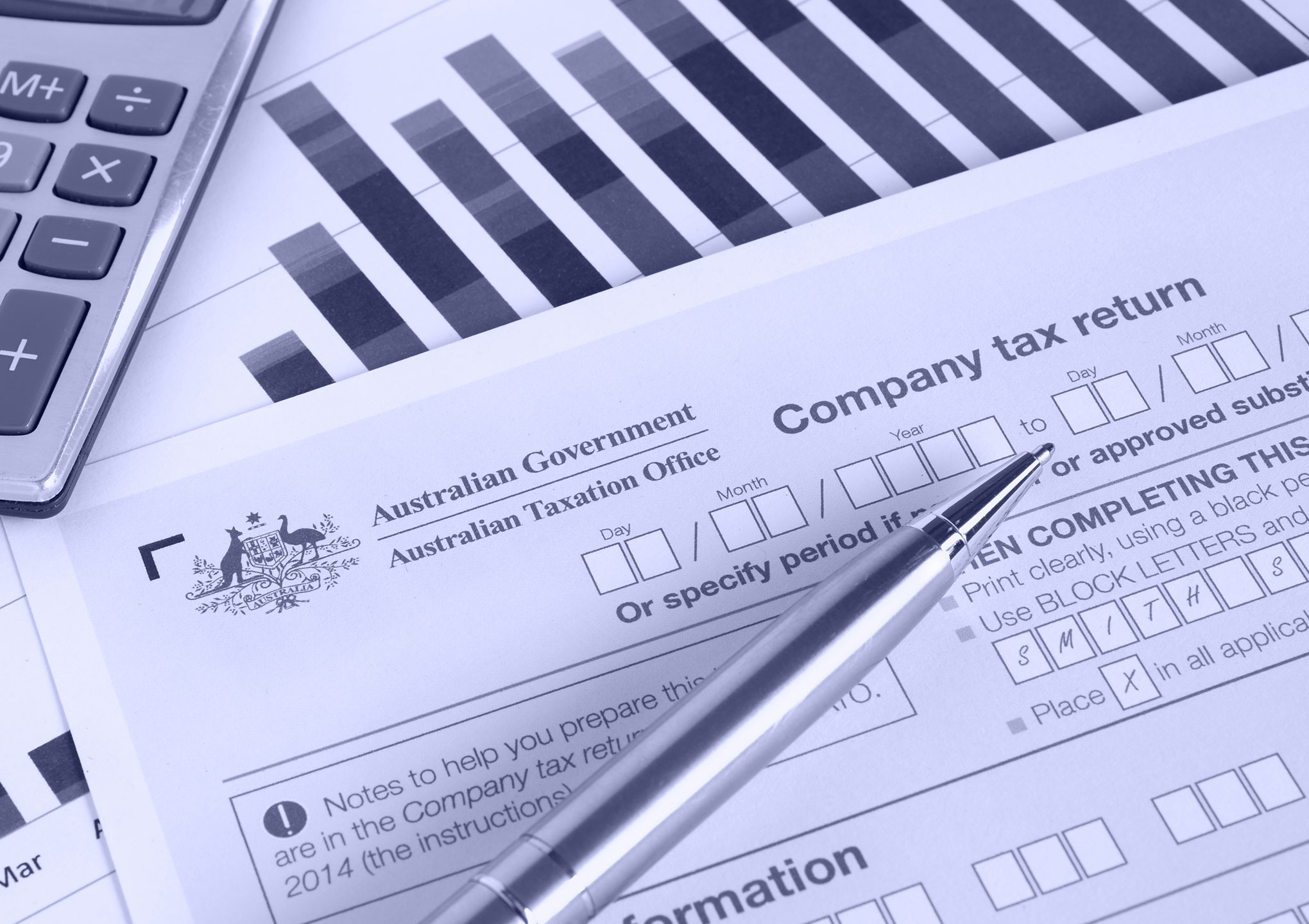Navigating the world of taxes and compliance can be overwhelming, especially if you’re new to running a business. In Australia, understanding BAS, GST and PAYG is essential to ensure your business stays compliant and avoids penalties. This beginner’s guide breaks down these terms into simple concepts to help you manage your obligations with confidence.
What is BAS?
The Business Activity Statement (BAS) is a form that businesses submit to the Australian Taxation Office (ATO) to report and pay various tax obligations. If your business is registered for GST, you’re required to lodge a BAS, which typically includes information on GST, PAYG withholding and other taxes relevant to your operations.
Key points about BAS:
Keeping accurate records of your financial transactions is crucial to ensure your BAS is correct and submitted on time.
Understanding GST
The Goods and Services Tax (GST) is a 10% tax applied to most goods and services sold in Australia. If your business has a turnover of $75,000 or more, or $150,000 for not-for-profit organisations, you must register for GST and include it in your pricing.
How GST works:
When lodging your BAS, you report your GST obligations, which is why accurate tracking of invoices and receipts is vital.

What is PAYG Withholding?
PAYG (Pay As You Go) withholding is a system where businesses deduct tax from employee wages and send it directly to the ATO. This ensures employees’ tax obligations are met throughout the year rather than as a lump sum at tax time.
Key points about PAYG withholding:
How These Fit Together
BAS acts as a summary of your business’s tax obligations, bringing GST, PAYG withholding and other responsibilities into one report. Understanding how these elements connect will help you stay organised and meet deadlines. For example:
- GST collected from sales is balanced against GST paid on purchases
- PAYG withholding amounts are calculated based on your payroll records and included in your BAS lodgement
Tips for Staying Compliant
1. Keep Detailed Records
Ensure invoices, receipts and payroll records are accurate and up to date to make reporting easier.
2. Use Accounting Software
Tools like Xero can automate GST calculations, track PAYG withholding and simplify BAS preparation.
3. Know Your Deadlines
BAS lodgement deadlines depend on your reporting frequency so set reminders to avoid penalties.
4. Seek Professional Help
If you’re unsure about your obligations, consulting a bookkeeping or accounting professional can save you time and stress.
Final Thoughts
Understanding BAS, GST and PAYG is essential for managing your business’s tax obligations effectively. While it might seem complicated at first, staying organised and using the right tools can make compliance much easier.
If you’re looking for expert help with BAS lodgements, GST tracking or PAYG withholding, Ledgify is here to support your business. Contact us today to learn how we can simplify your tax and compliance needs.




